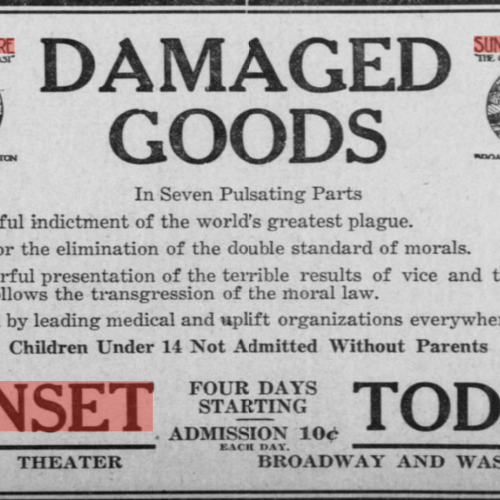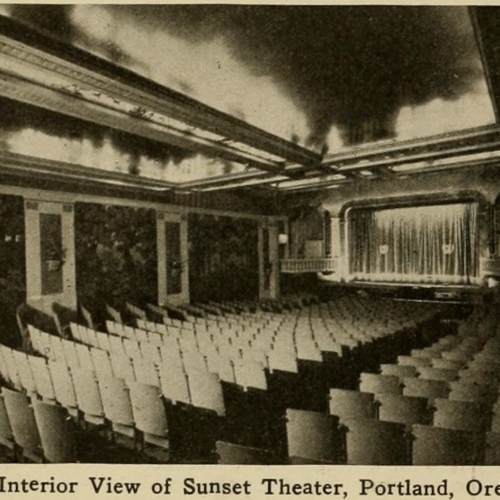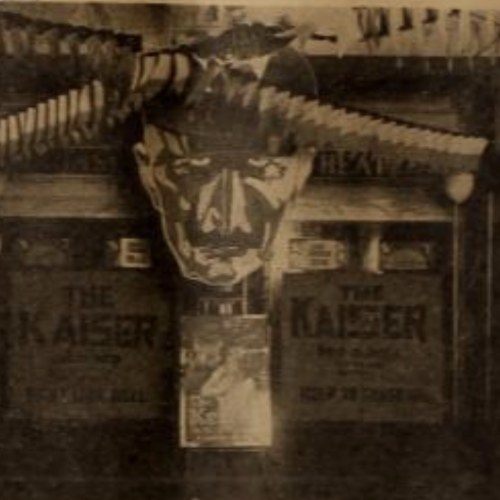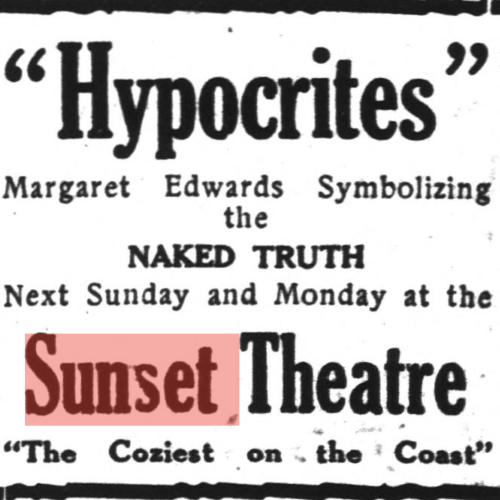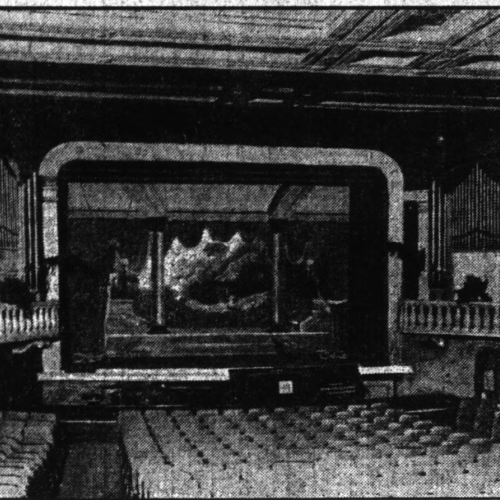The Sunset Theatre in Portland was a prominent motion picture house that operated during the early 1910s, witnessing multiple changes in ownership and management before its closure in 1920. The Sunset Theatre had its private opening on July 30, 19148, with a public grand opening scheduled for August 7, 1914. The first manager of the theatre was J.E. Murphy, who helped run the theatre alongside the owners J.J. and J.A. Jennings. In March 1916, Jennings & Co., the then-owners of the Sunset Theatre, decided to lease the property. Shortly after, on March 29, 1916, G.T. Holtzclaw leased the theatre from Jennings & Co., with the official change of ownership taking place on April 1, 19165,12. James E. Murphy, who had been the original house manager, returned to the position in September 19161. On April 7, 1917, Frank A. Lacey was selected by J.A. Jennings to manage the Sunset Theatre4. Over the following years, the Sunset Theatre saw shifts in management. On April 13, 1919, Sam W. B. Cohen assumed control of the theatre, ensuring its continued operation6. By June 20, 1919, reports indicated that Manager Cohen was successfully running the establishment10. Despite its early success, the Sunset Theatre closed its doors on March 28, 192011. Shortly after its closure, on April 20, 1920, it was announced that the Sunset Theatre, the oldest picture house in Portland, would be razed to make way for a store and office building2.
Before it became the Sunset Theatre, it housed the Arcade Theatre; the property was sold to the People's Amusement Company, which conducted it as a straight picture house3. When Jennings & Company took over, they performed a complete remodel and they invested $30,000 into enhancing its appeal7. The remodel of the newly purchased theatre aimed to make it feel as if you were stepping "into the glow of a golden sunset out in the woods at autumn time." The walls were covered in murals of autumn foliage and the ceiling was a sunset. Art glass lined the ceiling panels and was highlighted with intentional spotlights to create a glow9. It was advertised in the newspapers with a logo that identified the theatre as "the coziest on the coast." Located in what was considered one of the best spots in Portland, the theatre quickly became a favored destination for moviegoers. The theatre often decorated the lobby when screening films to promote their release. For example, the Sunset played the film, The Kaiser, in 1918 for a whole week and commissioned the Universal Film Exchange publicity department to decorate the theatre's entrances for the film which helped business14. They also ran advertisements in local papers mentioning what was playing each week and ran promotions, especially for families with young children.
